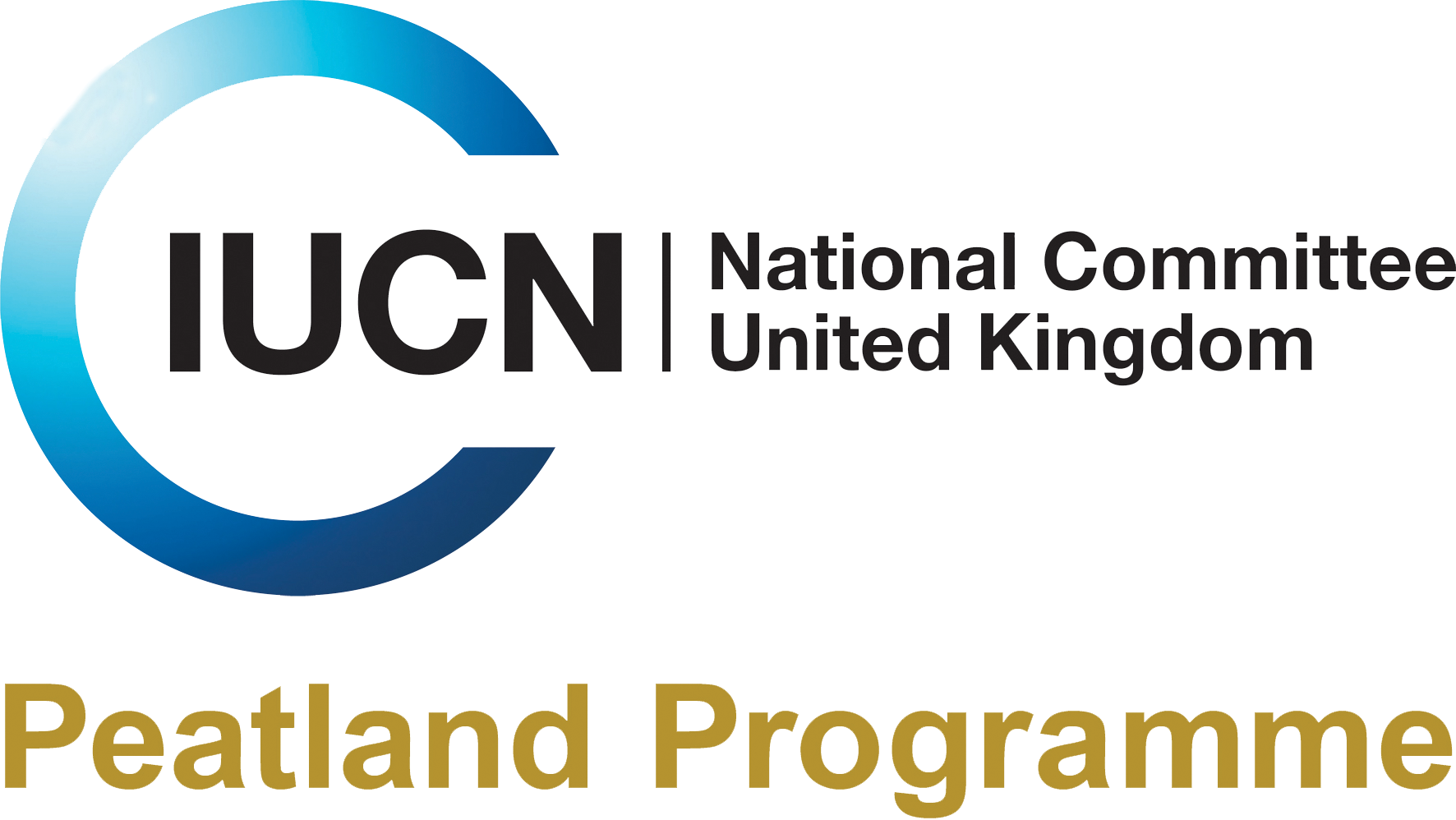Search
Search
Regulating Water Flow
Regulating Water Flow
Call for proposals for Water Research Seminar Series
The IUCN UK Peatland Programme and the Environment Agency are delighted to announce a series of workshops for 2025 aimed at highlighting the importance of the water environment within the peatland…
Eyes on the Bog monitoring at the Water Works project
A new set of monitoring equipment has been installed at the Water Works project site in East Anglia, by our Eyes on the Bog Champion, Jack Clough of the University of East London.
Satellite Map Identifies Peatland Areas where Restoration has the Greatest Carbon Impact
TerraMotion use images gathered by the Sentinel-1 satellite over a 5-year period to map areas of actively eroding peatland areas across the UK and the Republic of Ireland. Find out how this map…
Winter moth
One of the few moths that fly in winter, often seen in car headlights.
Water spider
There are several species of spider that live in our wetlands, but the water spider is the only one that spends its life under the water. In its pond habitats, it looks silvery because of the air…
Water scorpion
The water scorpion is not a true scorpion, but it certainly looks like one! An underwater predator, it uses its front pincer-like legs to catch its prey. Its tail actually acts as a kind of '…
Water shrew
The large, dark grey water shrew lives mostly in wetland habitats. It's a good swimmer that hunts for aquatic insects and burrows into the banks.
Water figwort
Water figwort is a tall plant of riverbanks, pond margins, damp meadows and wet woodlands. Its maroon flowers are pollinated by the Common wasp.
Water dock
As its name suggests, Water dock likes damp places, such as the egdes of canals, ponds and rivers. It is a tall plant with large, greenish flower spikes.
